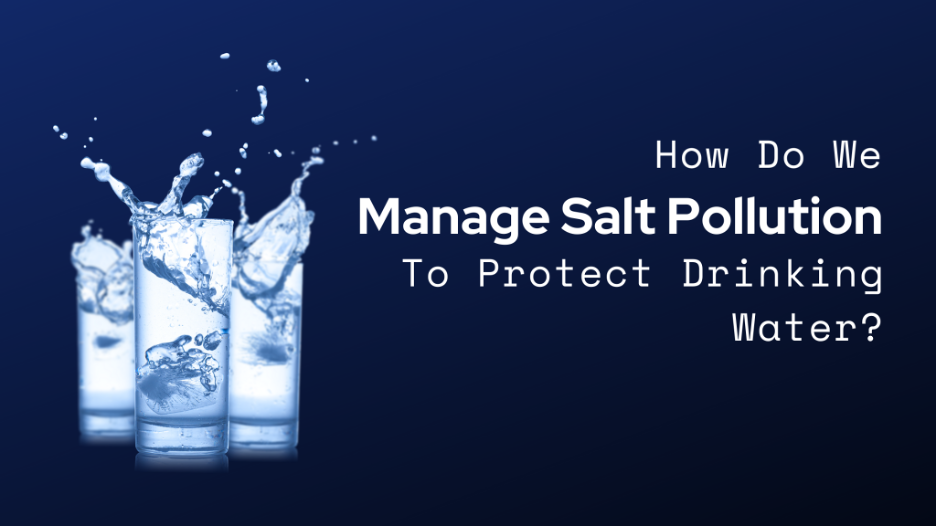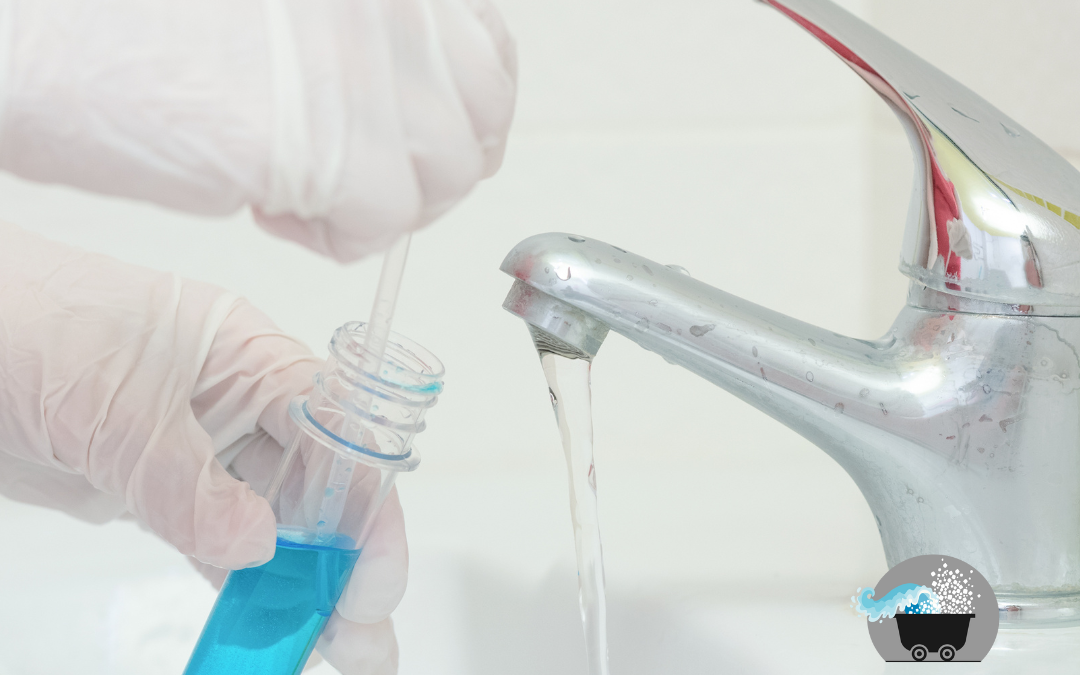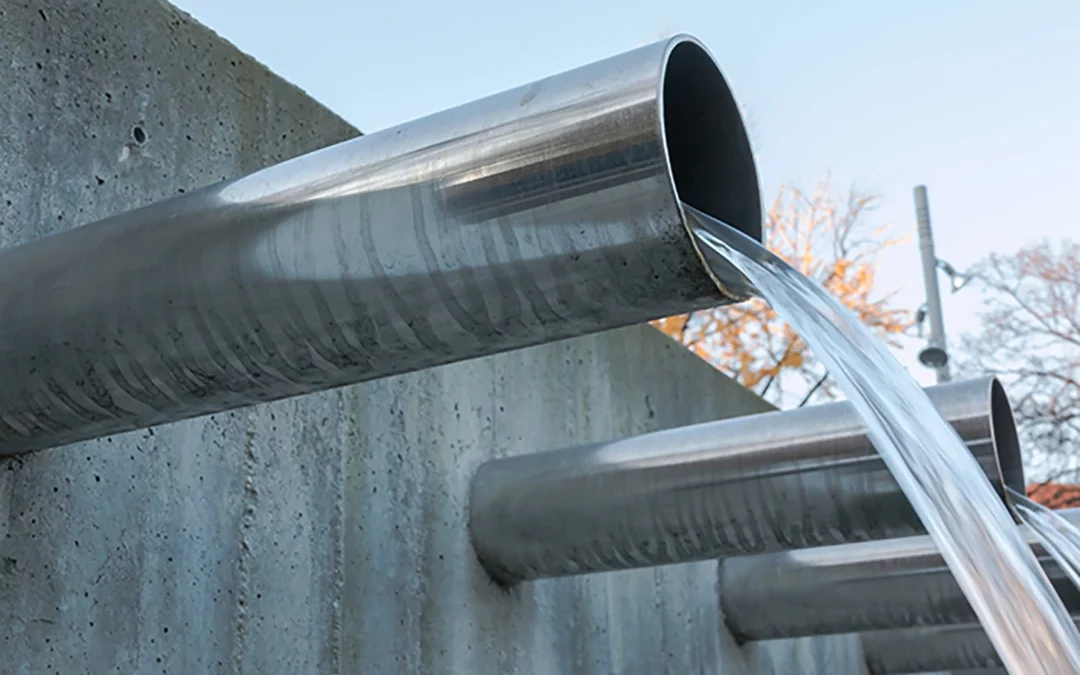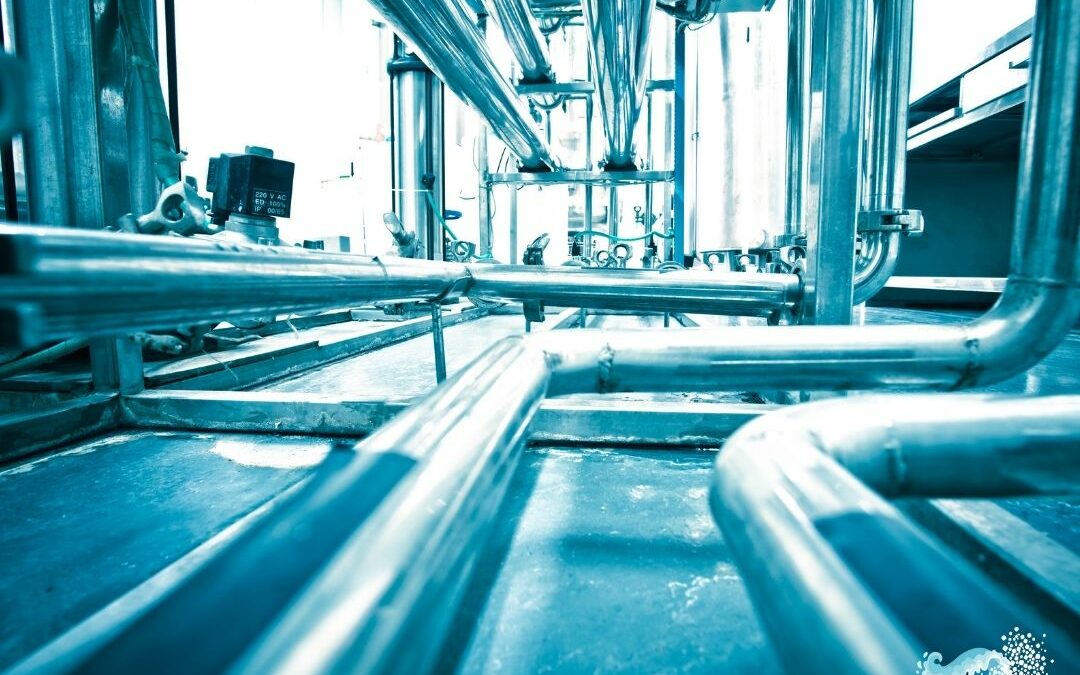There’s a growing environmental problem that we face in this country – how to manage salt pollution of our freshwater resources. Too much salt in rivers, lakes, and streams has negative impacts on aquatic life, plants, and other animals. Humans are affected, too, especially when the salt pollution reaches our drinking water sources.
How do we protect our water resources so that we can enjoy safe, quality water for generations to come? It all starts with understanding the problem.
Sources of salt contamination
While salt pollution can come from a variety of places, here are the most common culprits:
- Water softeners – Both residential and commercial water softeners are to blame, but commercial ones produce the largest volume.
- Roadway or parking lot salt used as a de-icer in the winter makes its way into our groundwater and eventually, can seep into our drinking water supplies.
- Industrial sources – Large scale operations such as nut processing facilities often discharge a significant amount of salty brine down the drain.
- Wastewater treatment facilities – It is very expensive to treat the large volumes of water in these facilities. Excess salt is not always removed effectively and can be a big contributor of groundwater salt pollution.
Understanding how our everyday actions affect the environment is the first step toward learning to manage salt pollution. And, it’s a vital one if we’re going to protect our drinking water and all the other water we use on a daily basis.
Manage salt pollution at its source
One of the best and most economical ways to solve a problem is to prevent it from happening in the first place. In the case of freshwater salinization, that means tracking down the source of the salt pollution and finding ways to eliminate or mitigate it.
For example, in areas with high wintertime salt usage on roadways, road sections can be designated as ‘reduced salt usage’ areas. Salt may still need to be used in order to keep motorists safe, but the amount can be reduced. This is especially helpful in watershed areas where salt runoff would be more likely to quickly make its way into groundwater.
An eco-friendly way to manage salt pollution
The Salt Miner offers another way to effectively manage salt pollution. With residential or commercial water softeners, or with industrial wastewater plants, the Salt Miner can be used to treat salty wastewater before it is released into the environment.
How does the Salt Miner work? In simple terms, the device sits between the brine source and the drain, ‘mining’ the salt out before it is discharged down the drain. The leftover salt can then be disposed of properly or recycled as needed.
Are you interested in an environmentally friendly way to manage salt pollution at its source? Contact us today to learn more or to become a vital part of the salt pollution solution!





